
Balancing Board Safety Tips: Protecting Yourself During Workouts
Balancing boards provide an effective full-body workout, but the unstable surface can also lead to falls and injuries if proper precautions aren’t taken. By following
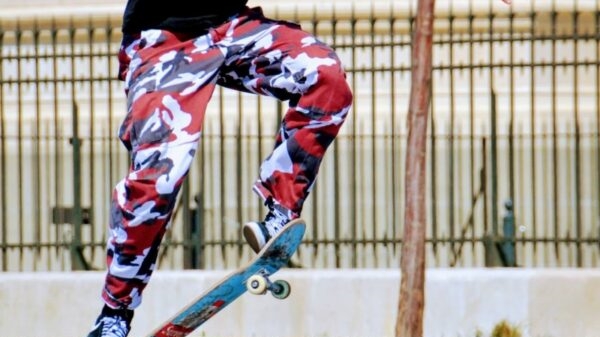
Balancing boards, also known as balance boards or wobble boards, have become incredibly popular workout tools in recent years. These unstable platforms provide a fun way to improve balance, coordination, and core strength.
With so many options on the market, it can be tricky to decide which balancing board is right for your needs. This comprehensive guide covers everything you need to know to choose the perfect balancing board for you.
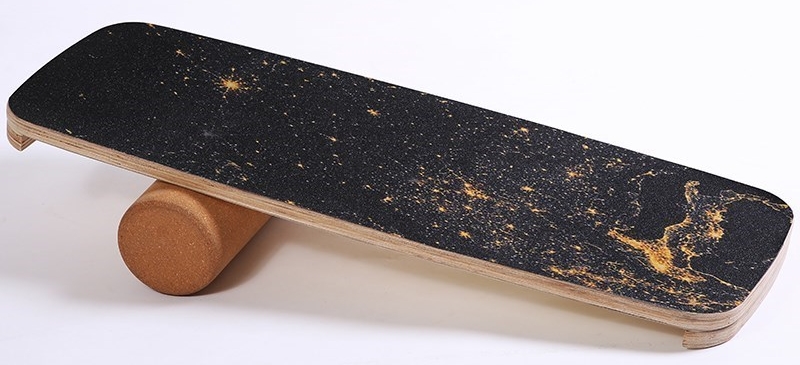
A balancing board is a platform that is intentionally unstable. It rests on a curved or spherical fulcrum, like a rocker or a ball, allowing the board to rock side-to-side and tip forward and back.
The instability of the board forces you to engage your core and other muscles to maintain balance and prevent falls. This constant adjustment strengthens muscles and improves overall stability.
Balancing boards are commonly used for balance training, rehabilitation, coordination, and core strengthening. They provide an enjoyable way to improve physical skills while adding an element of fun to workouts.
Balancing boards can be used by healthy individuals looking to improve their balance and by those recovering from injuries who need to retrain stabilizer muscles.
Here are some of the main benefits that can be achieved through regular use of a balancing board:
Using a balancing board for just 10-15 minutes a day can lead to noticeable improvements in balance, strength, and confidence. Consistency is key to getting the most from your workouts.
There are a few main types of balancing boards to choose from. The type you choose depends on your goals and skill level.
Rocker boards have a curved fulcrum that allows tilting side-to-side. Beginners often start with a basic rocker board to work on lateral balance. Rocker boards help strengthen adductor and abductor muscles.
Roller boards have a cylinder fulcrum that allows 360 degrees of movement. This dynamic board works on balance in all planes of motion. Roller boards are more challenging than rocker boards.
Wobble boards have a spherical fulcrum that allows tilting side-to-side and front-to-back. The increased motion engages core muscles to maintain balance. Wobble boards are more difficult than rocker boards.
Balance pads or discs have a flat bottom with a spherical top that you stand on. Some models are inflatable. Balance pads allow motion in all directions to work on dynamic balance skills. They are very unstable and best for advanced users.
Some balancing boards designed for beginners include handles on the side of the platform for added safety and stability. Handles provide support while learning to balance and can be removed later.
These boards allow you to change the height of the central fulcrum to increase or decrease the difficulty level. Great for progressive training as skills improve.
Specialty Balance Boards
There are also some unique specialty balance boards like:
All balancing boards may look similar at first glance, but small design differences can greatly impact comfort, ease of use, and durability. Here are some key features to consider when choosing a balancing board:
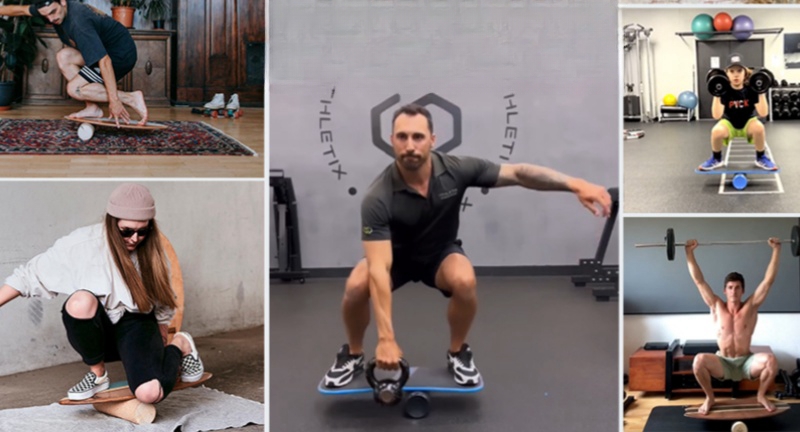
Maintaining balance on an unstable surface requires activation and coordination between multiple muscle groups throughout the body. Here are some of the main muscles engaged while using a balancing board:
Basically, almost every muscle from the shoulders down is activated while balancing to some degree. The proper form keeps the muscles engaged throughout motions. This makes balancing board training an excellent full-body workout.
Here are some tips to get the most out of your balancing board workouts:
With consistency and focus on proper form, you will see your balance improve week after week using a board. Patience and dedication are key.

With all of the options available, selecting the right balancing board depends on your skill level, goals, and planned usage. Here are some final tips for choosing the perfect board:
With practice, balancing boards can help you improve physical skills, prevent injuries, rehab existing conditions, and simply have fun getting fit.
Follow this guide to find the perfect board to meet your needs and start balancing your way to better health.


Balancing boards provide an effective full-body workout, but the unstable surface can also lead to falls and injuries if proper precautions aren’t taken. By following

So you’ve mastered the basics of balancing on a rocker or wobbleboard. You can tilt and pivot with ease. Now you’re ready to take your
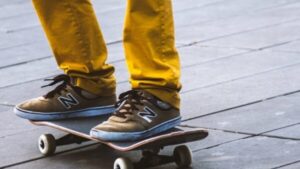
Store-bought balancing boards can be expensive, costing anywhere from $50 to over $200. But with some simple tools and materials, you can make your own

Balancing board training has become a popular way to challenge your coordination and engage those all-important core muscles. Unlike stable machines at the gym, balancing
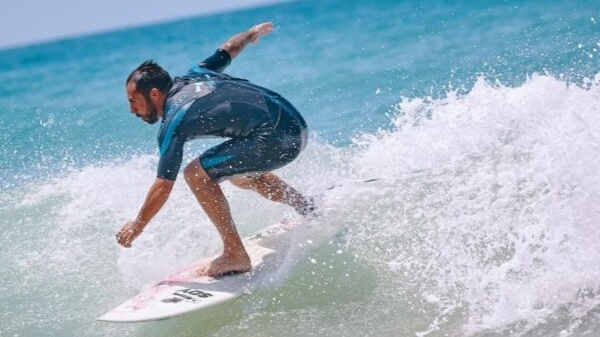
Balancing boards provide an effective full-body workout, but the unstable surface can also lead to falls and injuries if proper precautions aren’t taken. By following

So you’ve mastered the basics of balancing on a rocker or wobbleboard. You can tilt and pivot with ease. Now you’re ready to take your

Store-bought balancing boards can be expensive, costing anywhere from $50 to over $200. But with some simple tools and materials, you can make your own

Balancing board training has become a popular way to challenge your coordination and engage those all-important core muscles. Unlike stable machines at the gym, balancing
Copyright © 2024 equistablebalancingboard. All Rights Reserved.